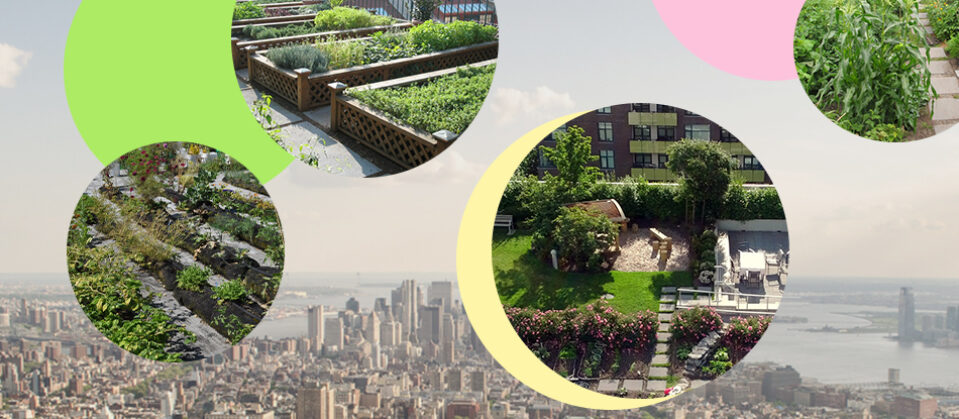Food for Thought: A Case for Urban Agriculture
Carlos E. Minaya Arnao (Communications Manager) / April 28, 2022

The effects of climate change at the city level are increasingly apparent. More severe storms, prolonged heat waves, and rising cardiovascular disease due to climate change are some of the symptoms. Cities contend with another dilemma, the urban heat island effect, where urban areas “become ‘islands’ of higher temperatures relative to outlying areas,” as EPA explains. This is often the result of decisions to replace green spaces with infrastructure, such as buildings and paved roads, that absorb and re-emit heat.
A previous commentary highlighted climate-neutral agriculture. For cities, too, agriculture, and specifically urban agriculture, can play a surprisingly important role in combating the ill effects of climate change, while adding many benefits to a community.
According to the U.S. Department of Agriculture, “urban agriculture generally refers to the cultivation, processing and distribution of agricultural products in urban and suburban settings.” It ranges from community gardens to rooftop farms to hydroponics facilities. If you’ve ever worked in a community garden, or picked up your groceries from a CSA program, you know that urban agriculture can mean a whole lot more. It is a support network of community members who put value in nature, their shared space, and the health of each other. Places like Alemany Farms in San Francisco, Chicago Lights Urban Farm, and one of the first and still functioning community gardens in NYC, Liz Christy Community Garden, are all good examples of this.
Cities with urban agriculture systems often see financial, social, environmental, public health, and nutritional benefits. Developing and supporting these systems leads to positive small-scale economic impacts. Specific examples include job training and skill building programs, food sharing programs that benefit farmers and consumers, and urban agriculture can also lead to an increase in neighborhood home values, as described in detail by UC Sustainable Agriculture Research and Education Program. Social benefits, summarized in a post by Aurora University, include providing a place to build stronger relationships among community members and improve neighborhood safety. The transition of food production to urban centers can also lower energy usage in transportation and storage, build up biodiversity in a community, and provide an avenue to address food insecurity in underserved neighborhoods.
Even with all of these benefits, there has historically been an ebb and flow in support from state and local governments. Farms and gardens in NYC, for example, have historically faced significant barriers in developing urban agriculture programs. These barriers are often the result of land use battles and disagreements over community development.
With the change of season, it is a good time to look for ways to support this type of local resource with broad impacts. In 2021, NYC passed a bill to create the Mayor’s Office of Urban Agriculture, an office designed to help integrate sustainable local food production into the city’s development plants. On April 19, NYC Mayor Eric Adams helped launch a Staten Island rooftop farm and highlighted the health benefits of “more sustainable, plant-based diets and growing fresh vegetables that are accessible to every community.” In most major cities urban agriculture programs are widespread and in need of volunteers and support. NYC, for example, has resources that can help you lead you to your local farms and local gardens. This is the best time of year to get out there and get your hands in some dirt.
This page was updated on February 20, 2024 to better meet our accessibility standards. To see the page as it was initially published, click here.
